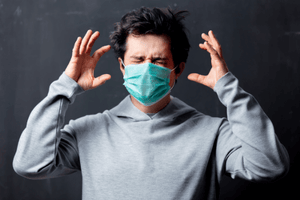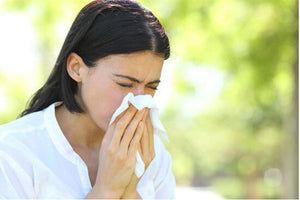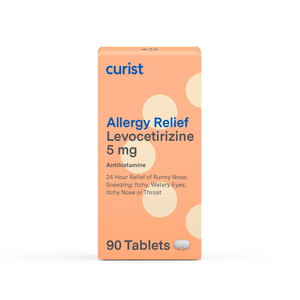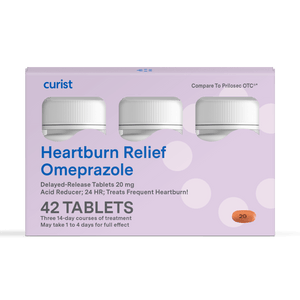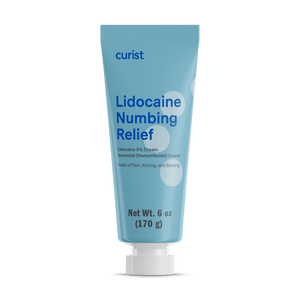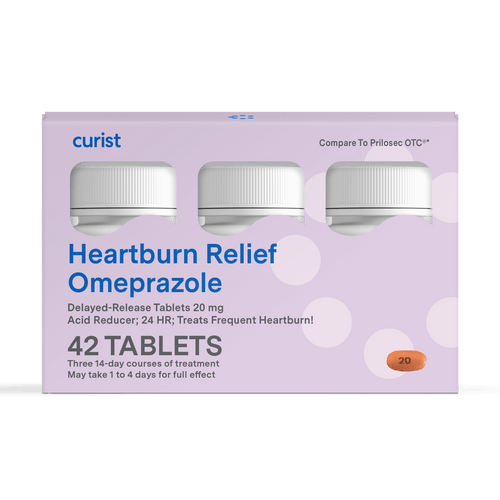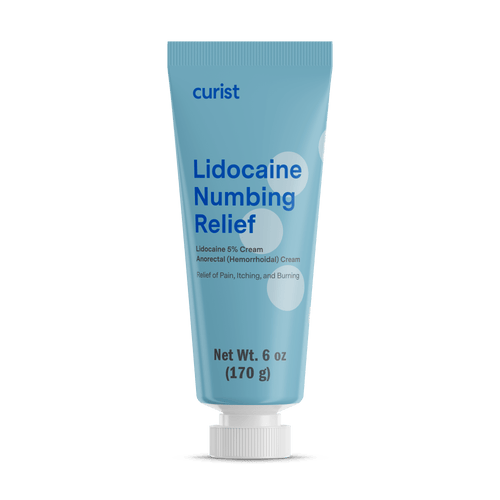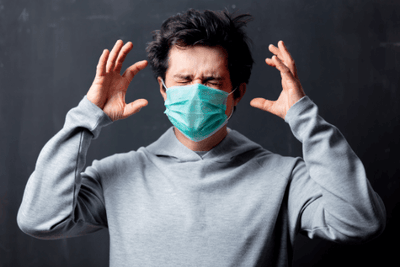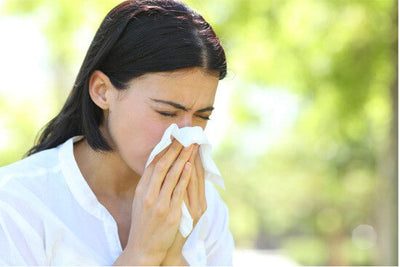by Kyler Tormey, The University of Texas at Austin College of Pharmacy
Curist delivers over-the-counter medicines to your door at a fraction of the price of traditional brands. We hope everyone stays safe and healthy during this time.
In the midst of a pandemic, house cleaning is crucial to reducing the risk of virus transmission. We’ve collected top cleaning tips so that you can keep your house clear of viruses.
How Do I Keep Coronavirus (COVID-19) From Getting Into My Home?
Coronavirus (COVID-19) particles can get into your house by clinging to the clothing you wear outside. Although the risk of virus transmission from fabric is relatively low, it is a good idea to remove your shoes, jacket, and other outerwear, and always immediately wash your hands as soon as you get home.
In recent media, experts have suggested that you do not need to change your laundry routine unless you are caring for a sick person. To reduce the risk of spreading coronavirus in your home, the Centers for Disease Control and Prevention (CDC) recommends that you wash and dry clothing on the warmest settings possible. Wear gloves if you’re cleaning up after a sick person, and remember not to shake out dirty laundry or bedding. It may be helpful to clean and disinfect any hampers or other containers used to hold dirty laundry, but this may not be critical since because the virus tends to dry up and decay more quickly on porous surfaces, like fabric. Although there are no studies documenting how long coronavirus can survive on fabric, a recent study showed that the virus can live on cardboard for up to 24 hours.
Coronavirus Cleaning vs Disinfecting: All High-Touch Surfaces
According to a recent study, the coronavirus can survive up to two to three days on plastic and stainless steel. Therefore, it is critical to clean and disinfect areas like door knobs, faucets, kitchen counters, tables, electronic devices, keys, and other high-touch surfaces daily to prevent transmission in your home.
The CDC recommends that you clean first, then disinfect, these surfaces everyday:
- Cleaning is the physical removal of viruses from surfaces using common products such as soap and water.
- Disinfecting is the application of chemicals to kill viruses, but disinfecting does not remove viruses from a surface like cleaning does.
Proper Cleaning for Coronavirus: Why Scrubbing Matters
The most effective cleaning technique is to apply enough soap and water to leave a surface visibly wet, then scrub the solution onto the surface and rinse thoroughly.
Scrubbing with soap works because soap solutions (most household soaps will do!) break apart the membranes of virus particles, including coronavirus. As you rinse or wipe away the soapy water, you are physically removing virus particles from the surface. So, next time you clean a surface (or wash your hands), put some elbow grease into it and imagine your scrubbing motions breaking down coronavirus particles and actually removing them from the surface you’re cleaning.
While cleaning with household soap may not kill all virus particles, it will greatly decrease their numbers and your risk of exposure.
Proper COVID Disinfecting: Wet the Surface, Wait It Out
After you clean a surface, you should apply a disinfectant to kill any remaining coronavirus particles. To kill viruses, you must fully soak the surface you are aiming to disinfect, so that it appears visibly wet. Read the product labels to make sure you are giving the products time to work. Many disinfecting products must remain on a surface for about 2 to 10 minutes to kill viruses and bacteria.
Recommended Disinfectants for Coronavirus (COVID-19)
The Environmental Protection Agency has compiled a full list of disinfectants which can be used against the coronavirus here. If you are unable to purchase disinfectant, the CDC recommends mixing your own disinfecting solution with common household items like 1/3 cup of bleach per gallon of water, or household hydrogen peroxide (3 percent).
Do I Need to Wear Gloves For Coronavirus?
Protect your hands and reduce your exposure to potential coronavirus by wearing gloves while scrubbing high-touch surfaces. Throw away disposable gloves after one use. If using reusable gloves, dedicate them only to cleaning and wash them after each use as you would your hands. When removing gloves, use your gloved hand to pull the wrist of the other hand down, and turn the gloves into each other.
Do I Need To Wash My Hands When Cleaning For Coronavirus?
Whether or not you wear cleaning gloves, thoroughly wash your hands for 20 seconds with soap and water both before and after cleaning. Germs will often hide in the cracks and crevices of dry skin or long nails, so keep your nails short and use a hand cream or moisturizer after washing and drying your hands.
A thorough handwashing technique is more important than your choice of soap product, and it’s also more effective than using a disinfecting hand sanitizer. As explained above, cleaning with most soaps will break down virus particles and physically remove them from your hands, as long as you are scrubbing thoroughly for at least 20 seconds. Check out this graphic for a visual on how soap is able to destroy virus particles.
How Do I Ventilate My Home While Coronavirus Cleaning?
Cleaning your home will likely disturb dust and expose you to chemicals, causing chapped hands, allergies, and other reactions. You can minimize your exposure to chemical fumes and dust by turning on exhaust fans in the kitchen and bathroom while cleaning.
For more information about novel coronavirus, please visit the CDC website or learn more at Curist. As always, if you are not feeling well, please reach out to your medical provider or call 911.

